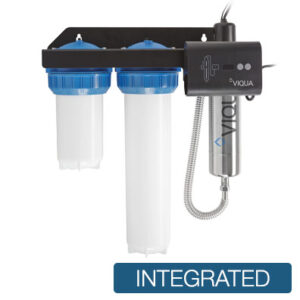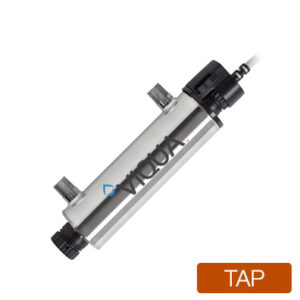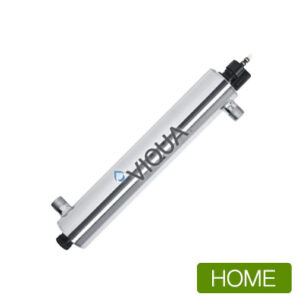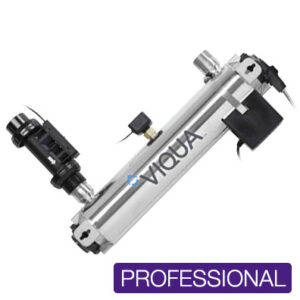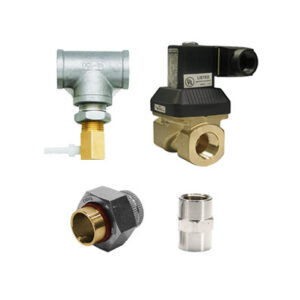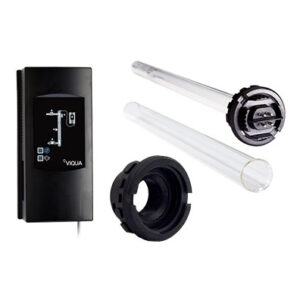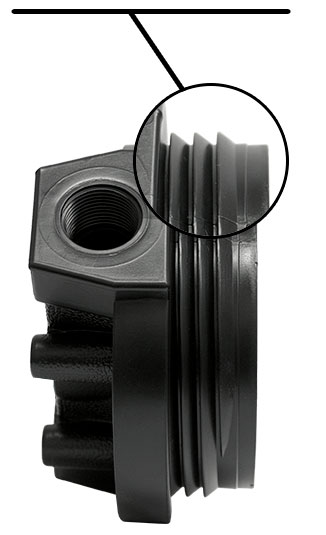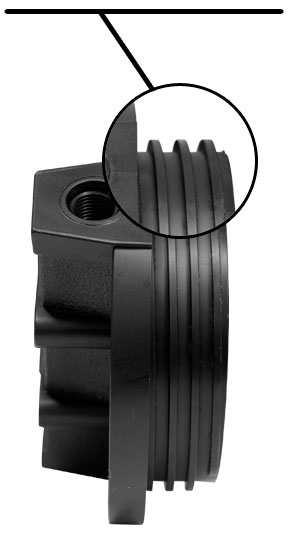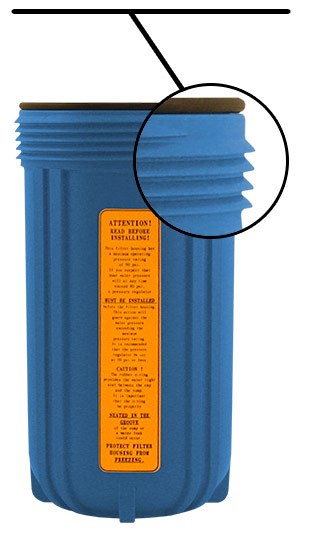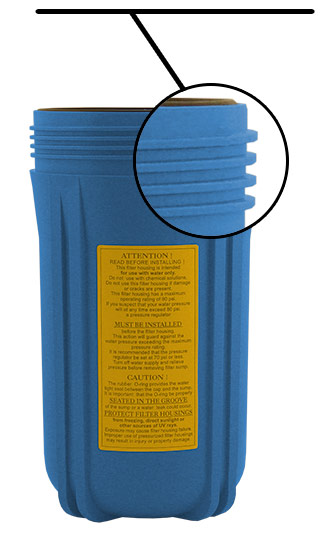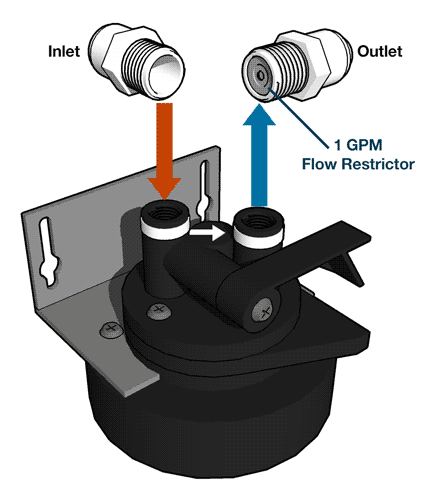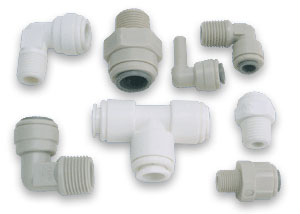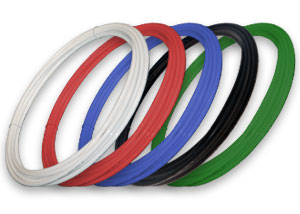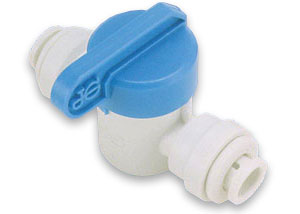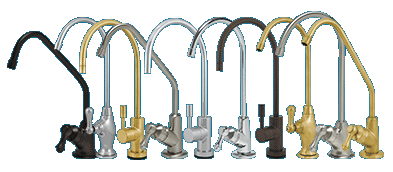Ultraviolet Sterilizer Systems
Our ultraviolet sterilizer systems use cutting-edge technology to drastically reduce harmful bacteria, viruses, microorganisms, and other contaminants from your water supply. With our systems, you can enjoy clean, safe drinking water without worrying about ingesting harsh chemicals.
H2O’s team of experts has meticulously selected a range of top-tier UV sterilizer systems that are both easy to install and maintain for residential and commercial settings.
Why Choose an Ultraviolet Sterilizer System for Water Filtration?
Ultraviolet sterilization has been proven highly efficient in severely removing various harmful microorganisms, including bacteria, viruses, and protozoa. They have been extensively tested and validated by regulatory bodies like the U.S. Environmental Protection Agency (EPA) for their reliable water disinfection capabilities.
Drastically Reduces Chemicals in Drinking Water
Unlike traditional methods that use chemicals for disinfection, ultraviolet sterilizer systems utilize ultraviolet light to kill microorganisms. This not only eliminates the need for potentially harmful chemicals but also ensures no residual taste or odor in the water.
Easy to Install and Low Maintenance
Once installed, which can be done yourself, these systems continuously purify your water with minimal effort on your part.
Environmentally Friendly Appliance
UV sterilization is a chemical-free method that does not require any additional disinfectants or chemicals. Unlike traditional chlorine-based methods, UV sterilization does not produce harmful byproducts or alter the taste, odor, or color of the water. Water filtration systems using UV light are also designed to be energy-efficient, consuming little power while delivering optimal results.
How Ultraviolet Sterilizer Systems Work
These water filtration systems use ultraviolet (UV) light to disinfect the water by destroying the DNA of bacteria, viruses, and other pathogens.
- The core component is the UV lamp, which emits a specific wavelength of UV light lethal to microorganisms.
- As water flows through the system, it is exposed to this UV light, penetrating the cells of the microorganisms and disrupting their genetic material.
- This prevents microorganisms from reproducing, rendering them unable to cause infections or diseases.
Choose the Right Ultraviolet Sterilizer System for Your Setting
At H2O Distributors, we offer a variety of ultraviolet sterilizer systems to cater to different needs. Each system is built with high-quality components such as UV lamps and advanced technology to ensure maximum disinfection performance.
- Whole house UV systems are designed to purify the water supply for your entire home, office, and more, providing clean water for all your daily needs.
- Professional UV systems offer a higher flow rate for office buildings, restaurants, and larger homes such as estate homes.
- Integrated UV systems include the sediment prefilter step, which comes separately from our other systems.
- Under sink UV systems filter water for one tap source such as a kitchen, bathroom, or basement for extra filtration.
Critical Features to Count for in Ultraviolet Sterilizer Systems
A system’s flow rate determines how quickly water can pass through the sterilizer. Choose a UV system that can handle your household’s or establishment’s water demand, considering the number of faucets, showers, or appliances using the water simultaneously.
Ease of maintenance is crucial for the long-lasting performance of your ultraviolet sterilizer system. Look for a system that is easy to clean and maintain, with replaceable UV lamps and quartz sleeves. Regular maintenance is necessary to ensure the system continues to operate at its best and provide optimal sterilization.
The size and installation requirements of the system should fit well within your available space and can be easily installed yourself or if you feel necessary, by a professional. It’s also worth considering if the system comes with additional features, such as alarms or indicators, to notify you of any issues or maintenance needs.
Shop Water Purification Systems Now at H2O Distributors
Our high-quality products offer the most reliable water sterilization solutions for a variety of settings, including homes, offices, and commercial establishments. Whether you need a UV sterilizer system for everyday use or specialized business applications, we have the perfect solution for you.
Every system we sell delivers a high UV dosage and has been tested and certified to meet industry standards. Get started today with one of our water purification experts.
Contact H2O Distributors now to reach a new level of clean and safe drinking water with an ultraviolet sterilizer system.

